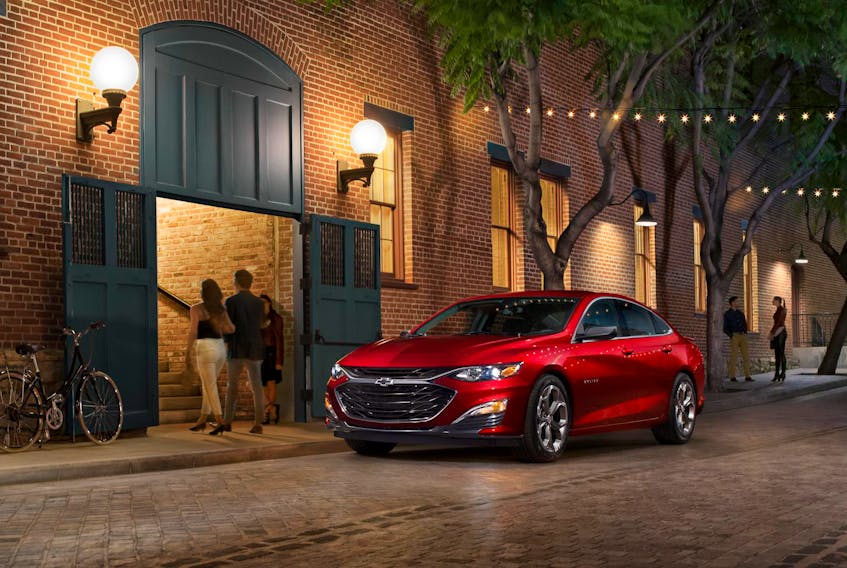By the age of five, I could identify the make of cars by the sounds of the engine as they climbed the hill outside our home.
My paper route took me past a GM dealership, and included a couple of homes where the owners parked the latest “hot” muscle or sports car.
I worked part time, pumping gas at a Chrysler-Plymouth-BMC dealership.
Cars have been a major part of my life ever since.
I look back fondly on those years, remembering the cars, roads, races and experiences at the wheel. It was the heyday of the muscle car, with 426 Hemis, 427 Fords, 454 Chevys, 455 Olds, 390 AMCs etc. Then came the seventies and the emasculation of the V8 engine.
Looking back I realize they don’t make them like they used to. Thank goodness!
Sure those babies would haul in a straight line. Even with “posi-traction” they would boil the Goodyears well into second gear.
But they didn’t stop worth a hoot, baulked when asked to tackle turns with any semblance of speed and burned gas like there was no tomorrow. They were also death traps in a severe crash, and let’s not even talk about exhaust emissions!
Those last two factors spelled the end of the muscle car. Regulators, concerned about the death toll on public roads introduced legislation forcing vehicle manufacturers to provide seat belts, crush zones and further protection for occupants. Public health became a concern. \
Gasoline containing lead was discovered to contribute to cancer and for this reason and growing concern about exhaust emissions in general, manufacturers were forced to develop systems that cleaned up the nasty stuff coming out the tailpipes.
I have been driving and reviewing cars since the mid-’70s, at least one every week and in many cases dozens, at manufacturer proving grounds, race tracks and events on public roads in all Canadian provinces and territories. I have driven in all but one state (Iowa is on my bucket list), South Korea, Japan and most European countries — east and west.
I can speak from experience that they don’t make them like they used to.
Just for fun, let’s look at some numbers. I have used Chevrolet as an example in many cases because it dominated the sales charts in those early days making it is easier to find data from that period, from my own and other records.
Chevrolet was so dominant that at one point, the U.S. government threatened to break up General Motors into two companies — Chevrolet in one, and Pontiac, Buick, Oldsmobile and Cadillac in another. GM had more than 50 per cent of the entire market and even if broken up, Chevrolet would have been the largest player.
1970 was the peak of the muscle car era. A 1970 Chevelle SS with a 350-horsepower, Turbo Jet 396 (6.5 litres) accelerated from rest to 60 miles per hour in 6.4 seconds and covered the quarter mile in 15 seconds flat. It got about 10-12 mpg on the highway.
The equivalent 2019 Chevrolet — the Malibu — has a turbocharged 2.0-litre four-cylinder engine, less than one-third that size. It puts out 250 horsepower pushing the new Malibu to 60 mph in 6.1 seconds. It gets 33 mpg on the highway
A 1975 Impala with a 5.7-litre V8 went from 0-60 in 14 seconds and took a whopping 19.4 seconds to reach the end of the quarter mile. The current Impala, with a four-cylinder engine less than half that size (2.5-litres) accomplishes those feats in 8.7 and 16.9 seconds respectively.
That 1975 Impala averaged 19.5 litres per 100 km in the city. The new one, 10.6.
A 1980 Chevette had a 1.6-litre, 70-horsepower four under the hood. It accelerated from rest to 60 miles per hour in 13.8 seconds and the quarter mile in 19.4 seconds. The 2019 equivalent small Chevy, the Spark has a smaller (1.4-litre) engine that puts out 98 horsepower. It does 0-60 in 12 seconds.
The 1980 Chevette had a combined fuel economy average of 11.1 litres/100 km. The Sonic? 6.1 litres
In 1979 the 5.7-litre V8 in the Corvette had 195 horsepower and averaged 17.7 litres/100 km in the city and 13.5 on the highway. The current base Corvette has a 6.2-litre version of the “small block” producing 455 horsepower and averages 13.8 / 8.1
Nope, they don’t make them like they used to.









